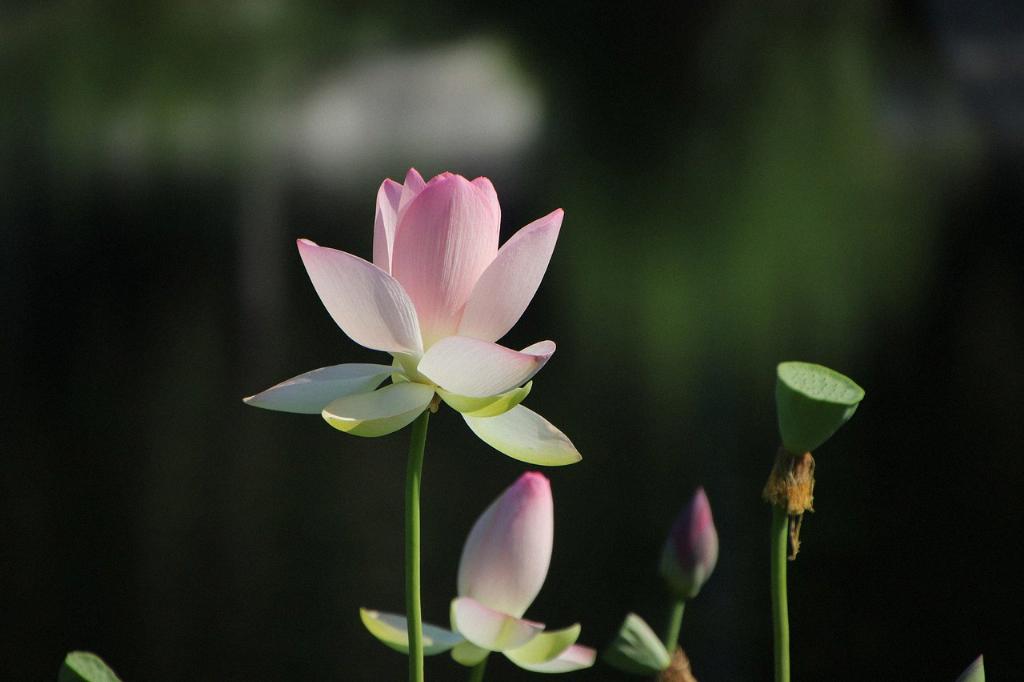Lilies of the Valley, also known as Convallaria, are beautiful perennial plants that add a touch of elegance to any garden. Transplanting these delicate flowers is a common practice to help them thrive and multiply. Knowing when to transplant lilies of the valley is crucial to ensure their successful relocation and continued growth.
Spring and fall are the best times to transplant lilies of the valley. During these seasons, the plants are either beginning their growth cycle or going dormant, making it easier for them to adjust to a new location. Spring is an ideal time for transplanting as it allows the plants to establish themselves before the heat of summer kicks in.
When transplanting lilies of the valley, it is important to wait until the flowers have finished blooming and the foliage starts to die back. This signals that the plant is entering a period of dormancy and is preparing to store energy for the next growing season. This dormant phase makes it less stressful for the plants to be uprooted and replanted.
Dividing lilies of the valley is a common practice during transplantation. The plants can be easily divided into smaller rhizomes, known as pips, which can then be replanted to create new clusters of flowers. Dividing the plants not only helps manage their growth but also promotes healthier blooms and overall plant vigor.
When transplanting lilies of the valley, choose a location that receives partial to full shade. These plants thrive in shaded areas with moist, well-draining soil. Avoid planting them in direct sunlight, as this can cause the delicate foliage to burn and wilt. Ensuring the proper growing conditions will help the transplanted lilies of the valley take root and flourish.
After transplanting, water the lilies of the valley thoroughly to help them settle into their new environment. Adequate moisture is essential for the plants to establish their roots and continue growing successfully. Be sure to monitor the soil moisture levels and water the plants as needed, especially during dry periods.
Transplanted lilies of the valley may take some time to adjust to their new surroundings. It is normal for the plants to show some wilting or decreased growth initially. To help them recover, provide regular care and maintenance, including watering, mulching, and occasional fertilization. With proper care, the lilies of the valley should rebound and thrive in their new location.
Keep an eye on the transplanted lilies of the valley throughout the growing season. Monitor their growth and development, looking for signs of stress or nutrient deficiencies. Address any issues promptly to ensure the plants remain healthy and vibrant. Regular observation and care are key to the long-term success of transplanted lilies of the valley.
As the seasons change, continue to provide the necessary care and maintenance for the lilies of the valley. Adjust watering schedules based on weather conditions and the plant’s needs. Mulch around the plants to conserve moisture and suppress weeds. Stay vigilant against pests and diseases that could harm the delicate flowers.
Over time, the transplanted lilies of the valley will establish themselves and begin to spread, forming lush clusters of foliage and delicate blooms. With proper care and attention, these enchanting plants will reward you with their beauty year after year. Transplanting lilies of the valley can be a rewarding experience that allows you to enjoy their charming presence in different parts of your garden.
In conclusion, knowing when to transplant lilies of the valley is essential for ensuring the success of the process. By choosing the right time, providing proper care, and monitoring the plants’ progress, you can help these lovely flowers thrive in their new environment. Whether dividing the rhizomes or relocating entire clusters, transplanting lilies of the valley is a gratifying way to enhance your garden and enjoy the timeless beauty of these classic blossoms.

